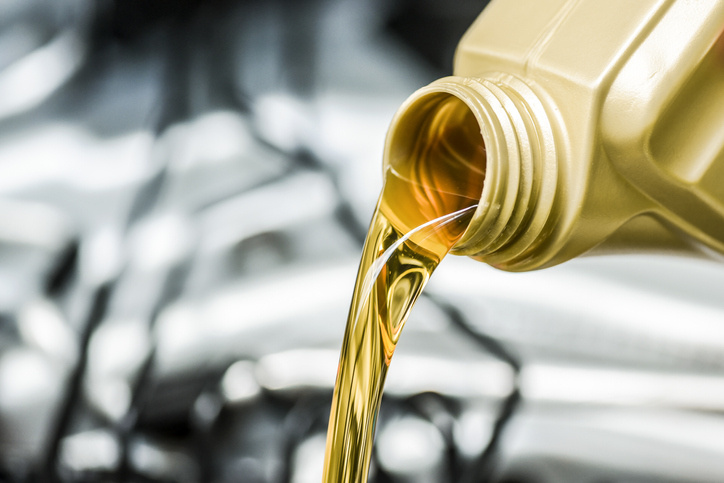
When a piece of machinery consists of several moving parts, it’s likely that some form of lubrication will be needed to sustain its function, and the automotive engine is no exception.
Engines are composed of several moving parts, which are responsible for extracting energy from the heat and generating mechanical motion. These parts include the piston assembly, the connecting rods, the crankshaft and camshaft, gear train and valves. While the engine is firing, the movement of these parts creates friction and heat, which can cause premature degradation if they are not lubricated properly. The engine lubrication system ensures that moving parts are coated in a film of lubricating oil, maintaining their ability to operate smoothly and prolonging the lifespan of the engine.
If you’re pursuing a career as an automotive mechanic, your knowledge of engine lubrication systems will help you to effectively service each vehicle that enters your shop, mitigating preventable engine damage. Below, discover more about the functions of lubrication systems and their components.
What Does a Lubrication System Actually Do? A Look for Those Becoming a Mechanic
Once you become an auto mechanic, you’ll become familiar with the main functions of engine lubrication systems, helping you to ensure that they’re working properly. Their most obvious purpose is the minimization of damage to the moving parts of the engine, as the lubricating oil provides a coating of film that prevents the parts from coming in contact with one another. However, these systems also serve other essential functions.
For one, lubricating oil acts as a cleaning agent for the engine, picking up particles of dirt and debris within the system and transporting them to the oil pan. Lubricating oil also supports the engine’s bearings under heavy loads, reducing the damage they experience as a form of padding. The lubrication system also works to cool the engine down, reducing the temperatures of the moving parts and introducing cooler oil to the engine.

The Main Components of a Lubrication System
Engine lubrication systems consist of a few main parts. The lubricating oil (otherwise known as engine oil) is stored in an oil sump, which is located beneath the engine near the crankcase. The oil sump facilitates the circulation of oil throughout the engine.
Next, the oil pump is responsible for ensuring that the lubricating oil can reach every moving engine component. The oil pump pushes oil through the oil filter, which prevents smaller particles of dirt and debris from entering the engine, keeping the lubricating oil clean.
Lastly, the oil galleries, composed of multiple interconnected pathways, make sure that oil can circulate quickly enough to all of the engine’s moving parts, transporting oil to areas where it’s needed. After becoming a mechanic, your familiarity with these components will help you to ensure that each of them is in working order, keeping the lubrication system running smoothly.

Types of Engine Lubrication Systems
While all engine lubrication systems serve the same primary functions, there are two different types of lubrication systems that you might encounter during your career as a mechanic. These systems are called wet sump and dry sump systems. Most vehicles today use a wet sump system in which the oil sump is situated beneath the engine. These systems are easy to repair and cheap to manufacture, making them a popular option. However, some high-performance vehicles will use a dry-sump system, where the oil sump is located farther from the engine compartment. This system maximizes horsepower by allowing the engine to sit a bit lower in a vehicle.
Now that you know a little more about engine lubrication systems, you’ll be able to help customers prevent wear and tear to their engines during your career as a mechanic.
Are you considering auto mechanic training?
Launch your career with a program at CATI!
